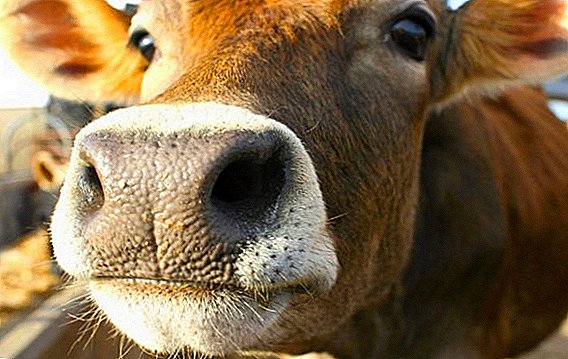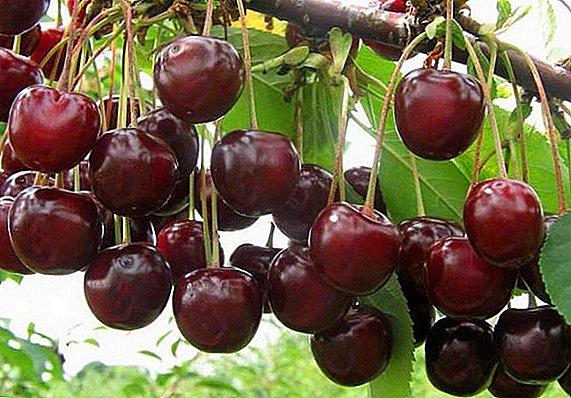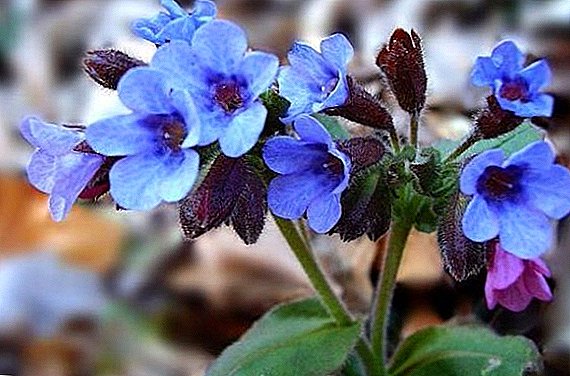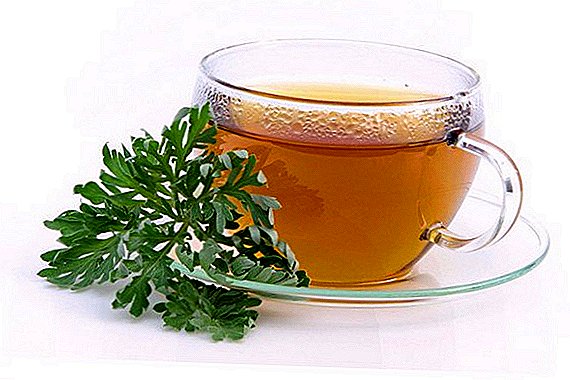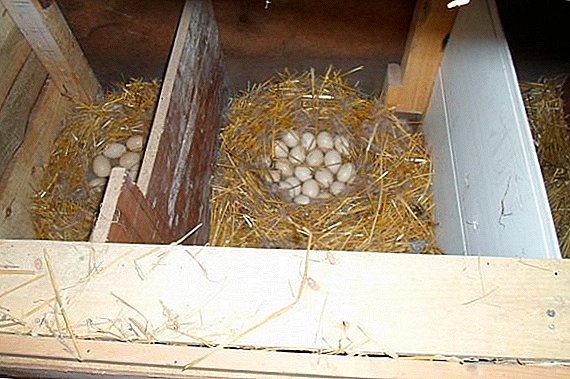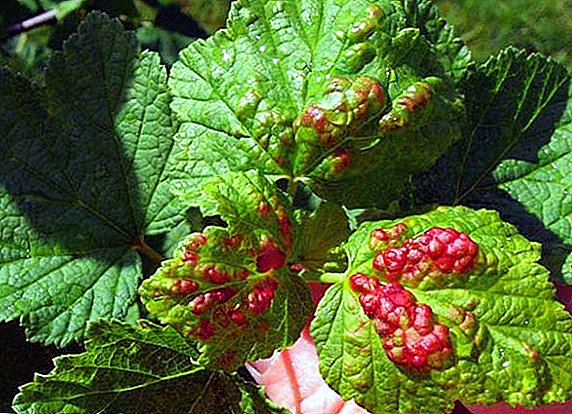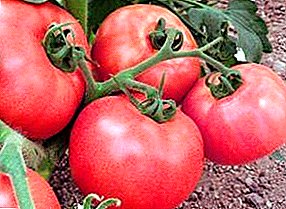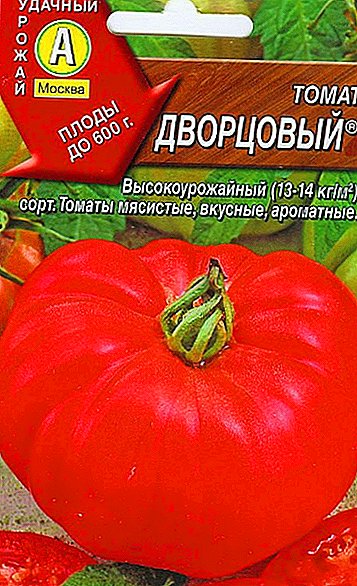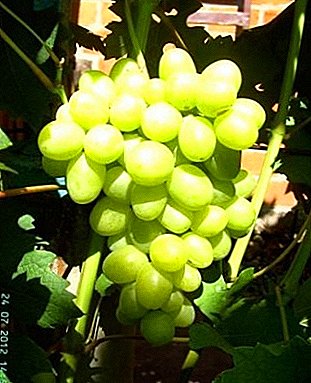
Warm female name Dasha is very common in the range of vegetable and fruit plants. The connection between the beloved child of the gardener and the one who inspired him is having an effect. And in the catalogs of grape varieties there are table samples called “Daria, Dasha, Dashunya”.
It may seem that these are different forms of the same name, but in fact they are completely different varieties created by different people and in different regions, and now even countries.
Little about selection
Creating a new variety as a predictable sustainable trait is a difficult and time-consuming business.
After all, in order to determine the parameters of a new variety, a whole team of specialists for 15 years or even more, studies and analyzes the leading characteristics of hybrid forms, selects the best specimens for cloning.
Then comes the time of field testing in different climatic conditions.
The prototype enters the gardens of amateur gardeners, who also put a hand to the improvement of the plant by selecting clones, and sometimes by their own efforts improve its gene pool.
So, by the time a new variety is registered in the State Register, several variants of hybrid forms may appear that have lost their similarity to their common ancestors.
The status of a plant variety acquires only after it is entered into the State Register - the main document of innovative replenishment from winegrowers, and it can exist in a hybrid form for decades under various names.
It happened with "Darya", which received life in the selection laboratory of VN Kraynov in the Kuban. While she has not yet received the status of a variety, being on the test, and is in the generally accepted understanding of the hybrid form.
Interesting: In the process of hybridization, any bisexual variety can be chosen as the paternal form, and the maternal one (after the castration of stamens) will be pollinated to obtain hybrid seeds.
Among the hybrids, the Jubilee of Kherson Summer Resident, Korolek, Valery Voevoda and Gordey are widely popular.
Pedigree "Darya"
 When creating a new high-quality sample, Viktor Nikolaevich, first of all, solved the problem of forming resistance to the worst enemies of grapes - mildew and oidium.
When creating a new high-quality sample, Viktor Nikolaevich, first of all, solved the problem of forming resistance to the worst enemies of grapes - mildew and oidium.
And he relied on a proven interspecific hybrid created in a special nursery VNIIViV - Kesh, which, as a result of 4 years of crossing, has already received immunity to fungal diseases.
The universal variety Druzhba (the fruit of cooperation between Novocherkassk and Bulgarian breeders) was chosen as the other parent, featuring the same high rates of resistance to fungal diseases. In addition to this advantage from the parents "Daria" got:
- from "Keshi": high yields with early ripening; impressive size of the brush and berries; exceptional taste of nutmeg varieties (8-9 points); 5 times the percentage of sugar to the level of acid; transportability and frost resistance;
- from "Friendship": strong growth of the bush and early maturation; consumer quality of fruits (9.4 points), suitable for fresh use and production of sparkling wines; resistance to frost down to -23 ° C.
Variety description
This hybrid form has a strong growth of the bush (up to 2.5 meters) and is characterized by:
- early ripening (until August 20);
- the release of powerful shoots with fruiting 6-8 buds;
- dark green five-lobed leaves with deep slits and a jagged edge;
- small hermaphrodite flowers of light green color, gathered in a whisk; stamens - the male part of the flower, pistil - female;
- large berries with a light wax coating, of a more average size (up to 18gr.), amber color (when fully ripe), with 2-3 seeds in juicy pulp of muscat flavor;
- the sugar accumulation in the berries takes place all season until full ripening and exceeds the acid content several times;
- evaluation of taste on the tasting scale - between 8 and 9 points;
- a heavy brush (up to 1 kg) of densely gathered berries on a comb of medium size, distinguished by an impeccable presentation;
- the peculiarity of fruits not subject to pea and cracking of the skin of ripe berries, they are well stored (up to 1 month) and tolerate transportation;
- resistance to fungal infections up to 3 points;
- tolerance of cold without shelter to -23oC.
Interesting: The sweet taste of grapes - white, red, black - depends not only on the variety, but on the degree of ripeness and sugar accumulation of berries. Ripe grapes are always sweet!
Marcelo, Delight Muscat, Long-awaited and Aleshenkin Dar can boast with high sugar accumulation.
A photo
Photo grapes "Daria":


Introductory video of grapes "Daria":
//youtu.be/cL_x3cCnmbg
Hybrid "Dasha" - relatives or girlfriend?
Most likely - a friend. Since the hybrid was created by the efforts of VNIIViV im.Potapenko together with Zaporizhzhya breeders. Therefore, the basis of the parental pair was taken table variety Gift Zaporozhye, having as a "given" the following qualities:
- high yield;
- average maturity of large (up to 1 kg) brushes;
- fixed immunity to oidium and mildew;
- simple taste of green berries (20% sugar content);
- frost resistance within - 24 ° C.
The white table variety of Arkady (Ukrainian selection) became a maternal plant - vigorous and large-fruited, but with a lower coefficient of resistance to decay, and the obligatory protection of a frost-vulnerable bush during the cold season.
The maternal gift of the variety is recognized: golden-colored berries with nutmeg taste, collected in powerful up to 2 kg grapes weight.
“Dashi” has a specific creator - Vitaly Vladimirovich Zagorulko, a Zaporozhye amateur breeder who started his collection in the 90s of the last century, who collected more than 30 new hybrid forms of grapes.
His hand also belong to Asya, Ruta, Vodogray and Viking.
Interesting: Winegrowers have something to strive for: a record bunch weight was registered at the end of the last century in Chile - 9,500 g.
Features of this type
 The powerful constitution of the bush, with strong shoots.
The powerful constitution of the bush, with strong shoots.- Variation in maturity: early and medium.
- Excellent breeding qualities of rootstock and engraftment of shoots during grafting.
- Five-lobed leaf with a jagged edge.
- Flowers bisexual, collected in inflorescences.
- Dense oval berry with pruine, characterized by an exquisite taste of nutmeg varieties and 22% sugar content.
- The clusters are large, of medium density, conical in shape, on a short comb.
- Fruits remain marketable until early November.
- Resistance to diseases - 2.5-3 points.
- Without shelter transfers temperatures to-23oS.
Photo grapes "Dasha":


And who is “Dashunya”?
"Dashunya" appeared on a 30 hectare plot near Kiev.
The breeder from the people who improved the plants in his garden, especially for his family, became the creator of this interspecific hybrid: for taste, for winter hardiness, for counteraction to fungal diseases.
It is now, when his seedlings went far beyond the Volga, they began to say: "Collection of Nikolai Vishnevetsky. Breeding sample of Vishnevetsky".
Fans began to look on the Internet for a way to get in touch with the author in order to get his hybrid. Many Nikolai Pavlovich replies with regret that it is now impossible to send cuttings to Russia, if only to send it with an opportunity or shipment at own expense - the international situation.
Whom Nikolai Pavlovich chose as Dashune’s parents:
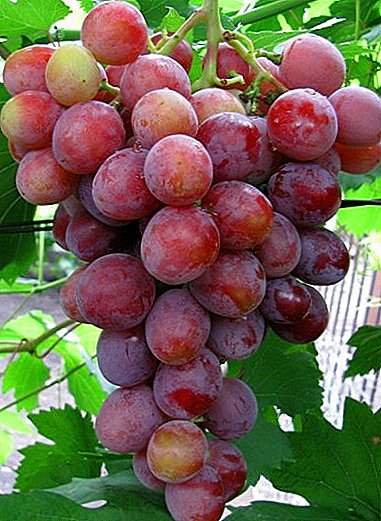 Kesh 1 - this is a relationship with Daria!
Kesh 1 - this is a relationship with Daria!- Kishmish radiant. The crossing of these two varieties has already once produced in the VNIIVIV Novocherkassk variety "Kesha radiant" with a reduced number of seeds in the berry.
- Rizamat (Uzbek selection) - table-raisin grapes with a very high content of fructose, early ripening and impressive yield - up to 250 kg / ha. True, the parent was inferior to the other two in resistance to mildew, but had a beautiful rich pink color of the bunch.
You can already imagine all the advantages of the newly-minted "Dashuni":
- beautiful decorative color brushes;
- fleshy fruit of nutmeg taste;
- desirable resistance to fungal infections.
Interesting: Using the example of the described varieties, we can see how far they have advanced to the north of Russia. Now the border of their range is: Kamennogorsk - Vologda - Yekaterinburg.
Video about Dashun grapes:
//youtu.be/HKfAtCeH0BQ
Specifications
The plant qualifies as vigorous (up to 3 meters) with powerful shoots quickly acquiring a woody structure:
- active fruiting dates are 2-3 years, make 115 days, which is characterized as early;
- leaves are large, dark green with shallow slits of the plate; leathery wrinkled surface;
- ripening shoots with the prospect of fruiting good (8 eyes);
- high yields (data are specified);
- the berries have a juicy pulp of medium density with a pronounced nutmeg flavor; the color of the berry is dark pink, almost red with a bluish bloom;
- a heavy medium density conical bunch reaches 1.5 kg in weight, with the weight of each berry 15gr;
- resistance to oidium and mildew - 3 points;
- excess moisture does not spoil the presentation of the berries;
- fruits are suitable for storage and transportation without loss of consumer qualities;
- without shelter, the bush can survive the winter at temperatures as low as -23 ° C.
 The peculiarity of the variety is the flower of the functional-female type, in which sterile pollen is found in underdeveloped stamens.
The peculiarity of the variety is the flower of the functional-female type, in which sterile pollen is found in underdeveloped stamens.
Such a flower requires special pollination from bisexual neighbors, provided that their flowering periods coincide.
Pollination with a brush is also possible. But the merits of this new hybrid form are worth it for breeders to work on its pollination feature.
Photo grapes "Dashunya":



Both Dashi and Dashuni have a long way of varietal recognition ahead. So far, they, as hybrid forms, are pleasing the lovers with the opportunity to experiment with themselves, to identify the conditions and causes affecting the crop, the taste of the berries.
And in this amateurish manipulation of thousands of gardeners, natural selection takes place, an extremely necessary phenomenon in the creation of a variety.
Probably, it is not by chance that a person’s life span coincides with the life span of a vine: both can live for over a hundred years. A person's attachment to grapes, and everyday care for him prolongs the life of both.


 The powerful constitution of the bush, with strong shoots.
The powerful constitution of the bush, with strong shoots. Kesh 1 - this is a relationship with Daria!
Kesh 1 - this is a relationship with Daria!
